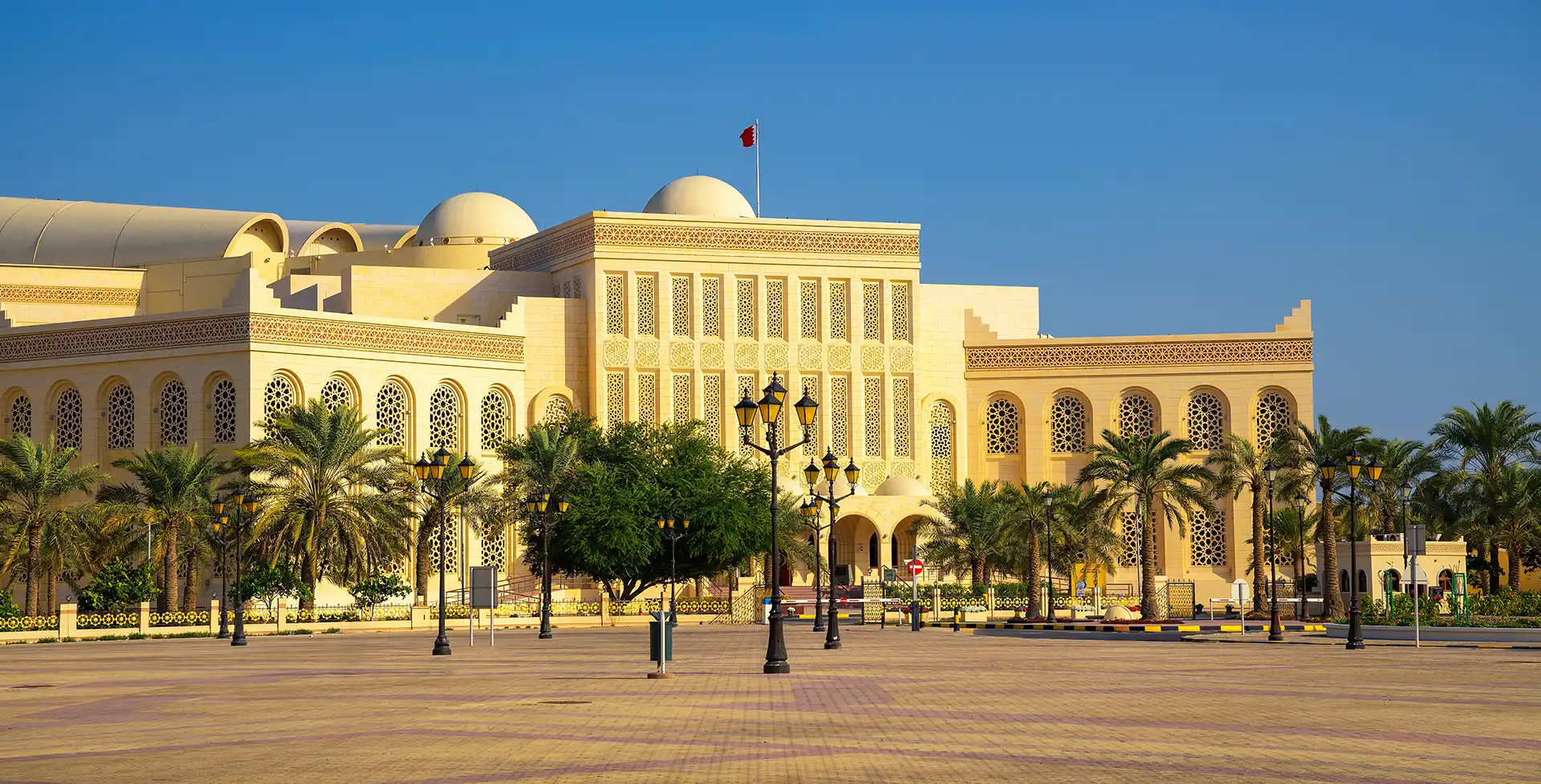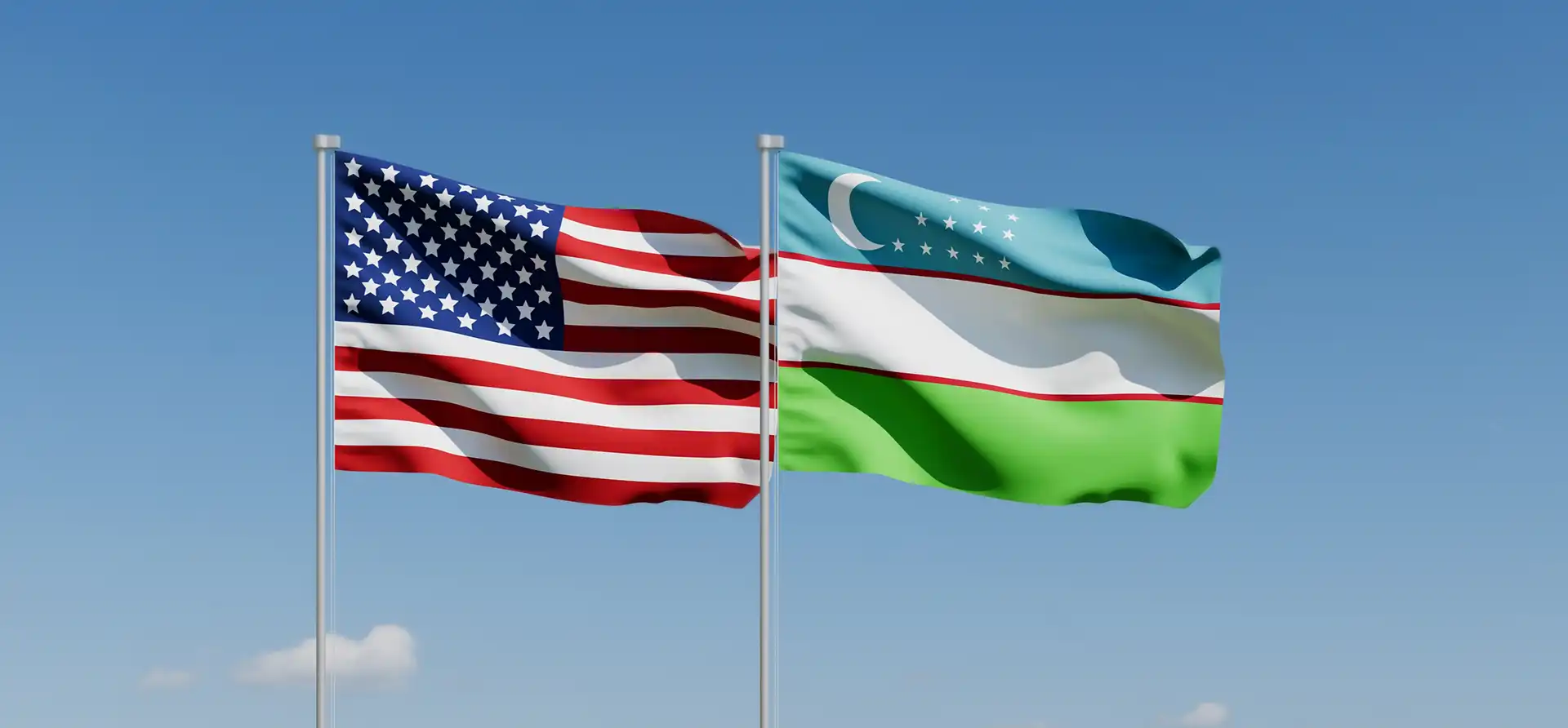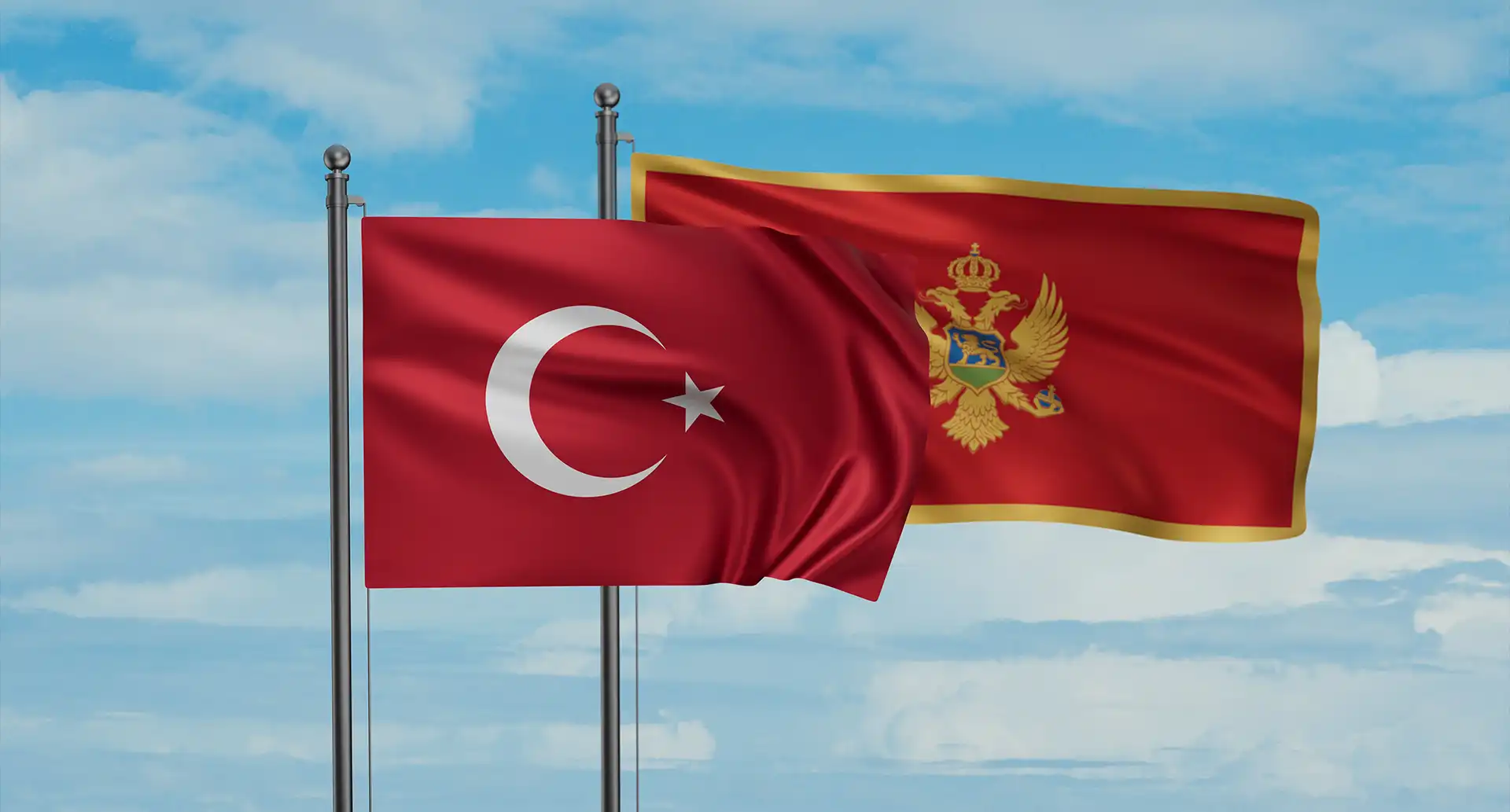

Slovenia
Slovenia passport ranking
The Slovenian passport is currently ranked 8th place on the Guide Passport Index. It provides visa-free access to 185 countries. With a high mobility score it is one of the best ranking passports in the world. Slovenian passport holders have visa-free access and visas on arrival to destinations such as the United Kingdom, United Arab Emirates, Japan and the entire European Union. This allows almost instant travel opportunities worldwide. Slovenian passport holders do however require a visa to enter about 44 destinations in the world. Some countries where a visa is required are Cuba, India and Australia.
Slovenia Passport Ranking
The Slovenia passport ranking relative to other global passports is calculated by adding up the number of countries that allow Slovenia passport holders to enter without a visa (i.e. visa-free countries) and those that allow Slovenia passport holders to enter by obtaining a visa on arrival (i.e. visa-on-arrival countries) or an electronic travel authorization (eTA). There are currently a total of 143 Slovenia passport visa-free countries, 29 Slovenia visa-on-arrival countries, and 13 eTA destinations.
Altogether, Slovenia passport holders can enter a total of 185 destinations—either without a visa, through a visa on arrival, or via an eTA. As a result, the Slovenia passport ranks 8 in the world.
Separate from these Slovenia visa-free countries and visa-on-arrival countries, there are 44 additional destinations which Slovenia passport holders either need a physical visa to enter or an eVisa (i.e. visa required countries).
About Slovenia
The Republic of Slovenia consists of 12 Regions and is part of the European Union. The most important Regions are Central Slovenia, Drava and Savinja. The nation is located in South Central Europe, bordering Croatia, Hungary, Austria and Italy. Slovenia is the 39th largest country in Europe with a surface area of 20,271 square kilometers. Its climate is Mediterranean on the coast and continental in the plateaus and valleys. The terrain is characterized by alpine mountains, plateaus, valleys and a coastal area.
The overall population is over 2.1 million people, making it the 38th most populous country in the European Union. The capital of the country is Ljubljana, which is also the most populated city with around 295,504 inhabitants. Other important cities are Maribor and Celje. The largest airport is Ljubljana Joze Pucnik Airport (LJU) with 1.7 million annual passengers. The airport is named after famous Slovenian independence politician Joze Pucnik. It covers domestic and international routes connecting Slovenia to Europe.
Slovenia’s culture has been influenced by its neighbors Austria, Croatia and Hungary. The vast majority of the population follows the Roman Catholic belief. The official languages are Slovenian, Italian and Hungarian. The legal system is based on the civil law. The government type is a parliamentary republic. The chief of state is the elect President Borut Pahor and the head of government is the elected Prime Minister Janez Jansa.
The official currency of the country is the Euro (EUR) with the current exchange rate being EUR 0.94 to the USD. The country has an open economy, generating a GDP of approximately $83 billion, which puts it on the 32nd spot in Europe. Its citizens have a per capita income of $40,343. The GDP is mostly made up of 2 key sectors, which are services and industry. Some of the most important export goods are metals, lead, electronics, hops, wheat and corn.
Slovenia has a variety of urban and natural historic tourism destinations. It attracts tourists for its unique culture and historic cities. There are 4 UNESCO world heritage sites scattered around the country. Some of the main destinations include the capital Ljubljana, Lake Bled, Triglav National Park, Postojna, Piran and Ptuj. The country has a total of approximately 4.7million tourists visiting every year with the majority originating from Europe and its surrounding countries.










































